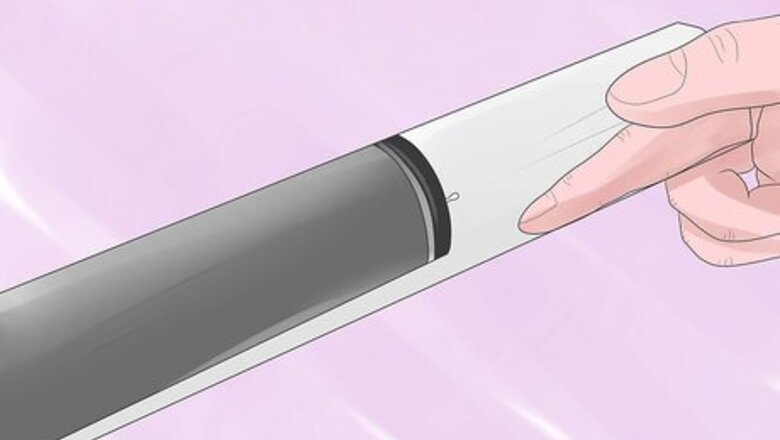
views
Tackling the Fluorescent Lights
See if it is possible to switch to LED lighting.
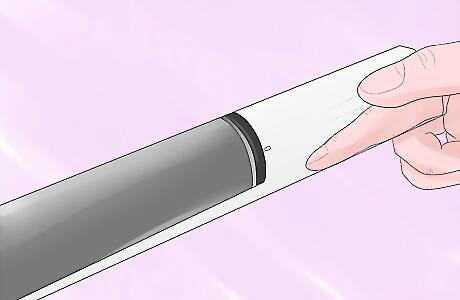
Ensure fluorescent lights are fitted with a diffuser. Fluorescent lighting can contribute to the triggering of migraines in those who are particularly sensitive to light. If you suffer from migraines and think the fluorescent lights in your office or at home are part of the problem, the first thing you should do is ensure that they are fitted with the correct diffuser. A diffuser works to make the light emitted imitate natural light as much as possible. These diffusers are relatively inexpensive, costing anywhere between $10 and $50, and are easily available online or at your local hardware store. If you are in an office, speak to your boss about the problem and ask him or her about getting a diffuser installed.
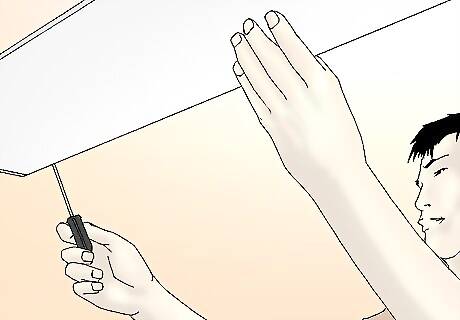
Consider using a filter. An alternative to a diffuser is to install a filter between the fluorescent bulb and you. The filter can help alter the light that reaches you by filtering out certain elements. Research has shown that blue filters in particular can relieve the symptoms of migraine sufferers.

Try light filtering glasses. If it is not possible to attach a filter to the source of the light, an alternative way to achieve a similar result is to wear specially designed glasses. There are glasses available which filter red and blue light. These can ease your symptoms and even help prevent migraine attacks. Speak to your doctor about these devices. They are available in a number of different frame styles, and as clip ons for your ordinary glasses.
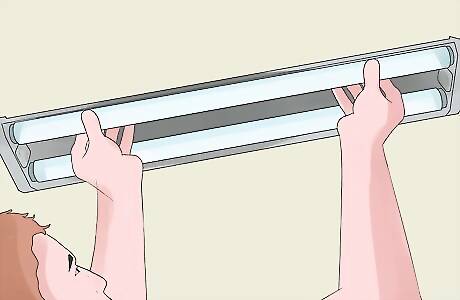
Fix flickering lights. Flickering lights can trigger a migraine for some people, so if the fluorescent light is flickering be sure to fix this and switch off the light in the meantime. Fluorescent lights should be properly maintained in order to prevent flickering, but if you have a problem, raise it with whoever is responsible for maintaining the lighting in your office. However, just because you cannot see flicker does not mean that the fluorescent is not flickering. Normally operating fluorescents with older-style ballasts will flicker at twice the line frequency, or 120 Hertz; this is not perceived as flickering, but can still cause headaches in some people. Light dimmers cause significant flicker because they "dim" the light by rapidly switching it on and off. TV and computer screens also flicker. Fluorescent lights are not as straightforward to change as ordinary light bulbs, and a flickering light normally indicates that you need to change the ballast. Replacing a ballast is not that expensive (though it may be cheaper and more economic in the long-term to buy a new fitting). You should look for a modern electronic ballast made by GE or Philips; these can be obtained for around $25 at Home Depot or Lowes, and may need appropriate fluorescent tubes. These electronic ballasts will flicker at 20,000 Hertz, too fast to cause trouble for humans. Most large organizations have a person who maintains fluorescent lights and can replace ballasts, or it can be done by a home handyman/handywoman or electrician.
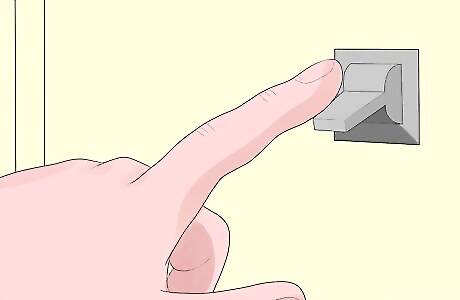
Reduce the amount of lighting. Particularly bright lights can contribute to migraine symptoms, so one simple way to lower this risk is to reduce the amount of fluorescent lighting in the room. The way most straightforward ways to do this are by removing some of the bulbs from the overhead fluorescent lights, or just turning off some of the lights. This won't always be feasible in an office or work environment, but investigate the possibilities. If you do reduce the amount of light, ensure that there is enough to work with and you do not risk straining your eyes. Consider using floor or desk lamps to light your office with softer, less intense light.
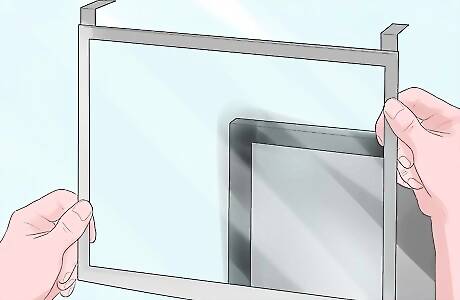
Install an anti-glare filter on your computer monitor. Even after adjusting the settings on your monitor to reduce glare and intensity, you may find that the screen still reflects the glare of the fluorescent lighting. Reflected light from the overhead fluorescent lights and from windows and doors can contribute to a developing migraine. Put a filter over your screen to reduce the glare from other lighting sources.
Dealing With Your Migraine

Medicate with the first symptoms. If you suffer from migraines it's important that you learn to recognise the symptoms quickly so that you can act fast and take some medication. Abortive drugs such as painkillers and anti-inflammatories can be taken when you first begin to experience the symptoms of a migraine. Over-the-counter drugs such as ibuprofen and aspirin can work well. Even though your migraine may be stimulated by the fluorescent lighting in your office, medication may reduce your pain and suffering. Take the medicine before your migraine progresses in severity.
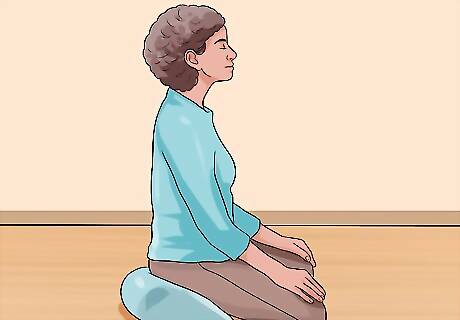
Take a break. If you feel a migraine coming on, try to ease the symptoms by taking some breaks from the light and stimuli that are causing you problems. Try to sit in a dark and quiet room for a few minutes to try and relax. Close your eyes and let any tension that has built up in your shoulders and upper back fade away. If it's possible, you can try to lie down and close your eyes for a few minutes. You might even find yourself drifting off for a rejuvenating nap. Just stepping outside for a few minutes could give you a valuable respite.
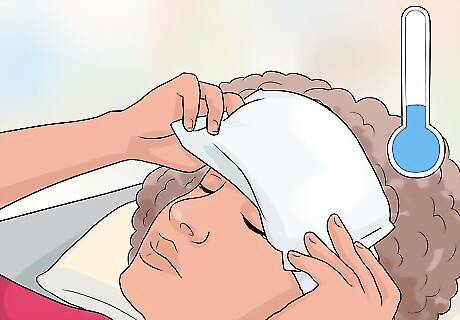
Use a cold compress. Applying an ice pack or cold compress to your head can help to ease the symptoms. Try placing the compress on your forehead, at your temples, or on the back of your neck. A cold compress can a have a numbing effect that may dull the pain. Alternatively, applying something warm or hot to your body can help relax tense muscles.
Try massaging your head for immediate relief. Gently press on your head where you feel the most pain and rub in a circular motion. Apply light pressure to help loosen the muscle tension causing your migraine. Try to close your eyes and relax as well as much as you can.

Speak to your doctor for alternative medications. Normal over-the-counter painkillers will not always be effective against migraines, but you should try these drugs first. If you find that they do not have an impact, speak to your doctor and ask about what prescription drugs might be appropriate. You should also speak to your doctor if you find yourself regularly taking over-the-counter painkillers more than two days a week. Generally doctors are advised to prescribe nonsteroidal anti-inflammatory drugs (NSAIDS) for all but the most severe cases. If the attacks are more severe and do not respond to NSAIDS, migraine-specific agents, such as triptans, ergotamine, or dihydroergotamine, may be prescribed. Antiemetics may be prescribed if you experience vomiting and nausea with your migraines.

Speak to your boss and colleagues. If you are suffering from migraines brought on the by environment of your office, you should talk your colleagues to explain your condition. If you keep leaving the office for a few minutes to give yourself a break it's important that people understand why. You will probably find some sympathy from your colleagues, who might help you to adjust the lighting, cover for you for a few minutes, or generally help you out when you have a migraine.



















Comments
0 comment